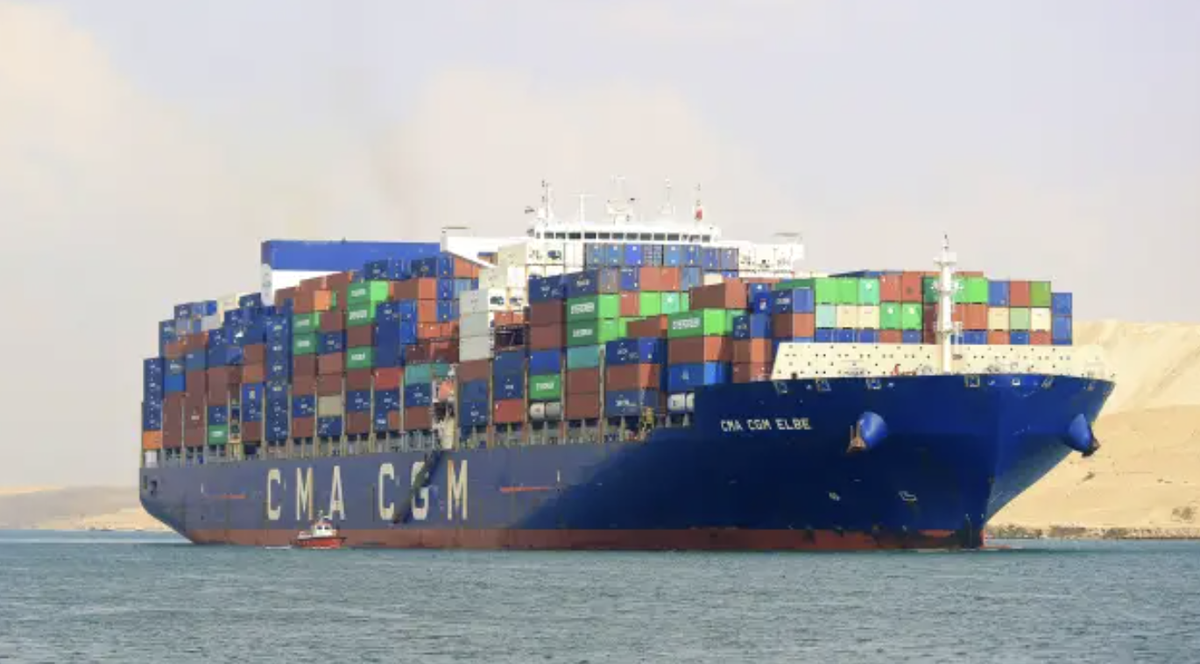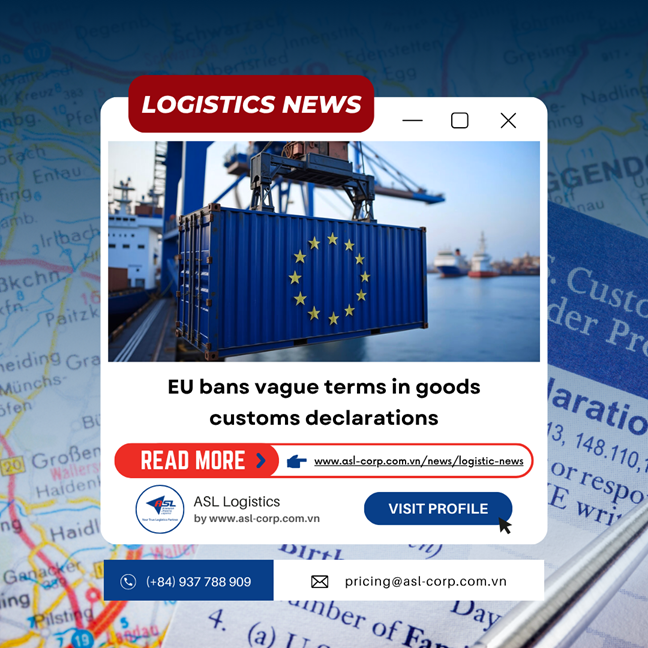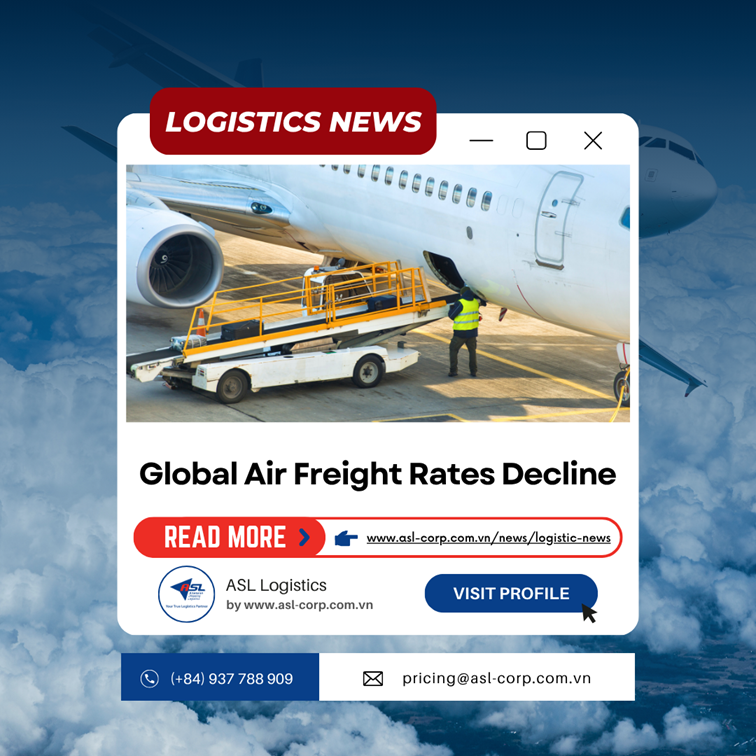Logistic News
THE ESCALATING TENSION IN THE RED SEA CAUSES DELAYS, INCREASES SHIPPING COSTS, AND RAISES INFLATION CONCERNS.
15 January 2023

A container ship passing through the Suez Canal, Egypt - Photo: Getty/CNBC.
THE IMPACT OF RED SEA TURMOIL ON THE SUPPLY CHAIN
To avoid tensions in the Red Sea, shipping companies have redirected trade worth over $200 billion in the past few weeks away from the crucial Middle East trade route, along with the Suez Canal connecting the Mediterranean Sea to the Indian Ocean.
According to logistics managers, this has posed multifaceted challenges to global trade: Shipping freight rates are increasing daily, additional surcharges are being imposed, and round-trip shipping times are extended by an additional 2-4 weeks as vessels between Europe and Asia take longer routes (circumventing the Cape of Good Hope in South Africa). This issue becomes more critical as this freight route currently contributes 10-15% to global trade and 30% to the global container shipping volume.

Ships taking the longer route around South Africa to avoid Red Sea turmoil - Photo: Wall Street Journal.
Larry Lindsey, CEO of the global economic consulting firm Lindsey Group, stated, "Supply chain pressures contributing to inflation in 2022 may resurface if issues in the Red Sea and Indian Ocean persist."
Industry experts estimate that about 20% of ship capacity remains unused due to a significant reduction in manufacturing orders. Instead, shipping companies continue to cut back on voyages, while limited capacity and longer transit times contribute to increased fuel consumption.
THE WORLD CONCERNED ABOUT A NEAR 250% INCREASE IN FREIGHT RATES ACROSS THE RED SEA
Alan Baer, CEO of the shipping company OL-USA, noted, "Due to the sudden surge in sea freight rates, we may see these higher costs gradually permeate the supply chain and begin to impact consumers as we enter the first quarter of the year."
Sea freight rates from Asia to Northern Europe have more than doubled in recent weeks, reaching over $4,000 per 40-foot container. Shipping rates from Asia to the Mediterranean have risen to $5,175. Some shipping companies have quoted $6,000 for each 60-foot container to the Mediterranean from mid-this month, excluding surcharges ranging from $500 to $2,700 per container.
"With sea freight rates unexpectedly rising like this, the increased costs will gradually seep into the supply chain and begin to affect consumers in the first quarter of this year," noted Alan Baer, CEO of OL-USA.
Source: VnEconomy, TuoiTre.vn, The Wall Street Journal.

Head Office
ASL Hồ Chí Minh
Số 31/34A Ung Văn Khiêm, Phường Thạnh Mỹ Tây, TP. Hồ Chí Minh, Việt Nam
 Công Ty Cổ Phần Giao Nhận Vận Tải Mỹ Á
Công Ty Cổ Phần Giao Nhận Vận Tải Mỹ Á
 (+84)28 3512 9759
(+84)28 3512 9759
 (+84)28 3512 9758
(+84)28 3512 9758
 pricing@asl-corp.com.vn
pricing@asl-corp.com.vn
 mdirector@asl-corp.com.vn
mdirector@asl-corp.com.vn
 www.asl-corp.com.vn
www.asl-corp.com.vn
LOGISTICS SERVICES










.png)
.png)

.png)





